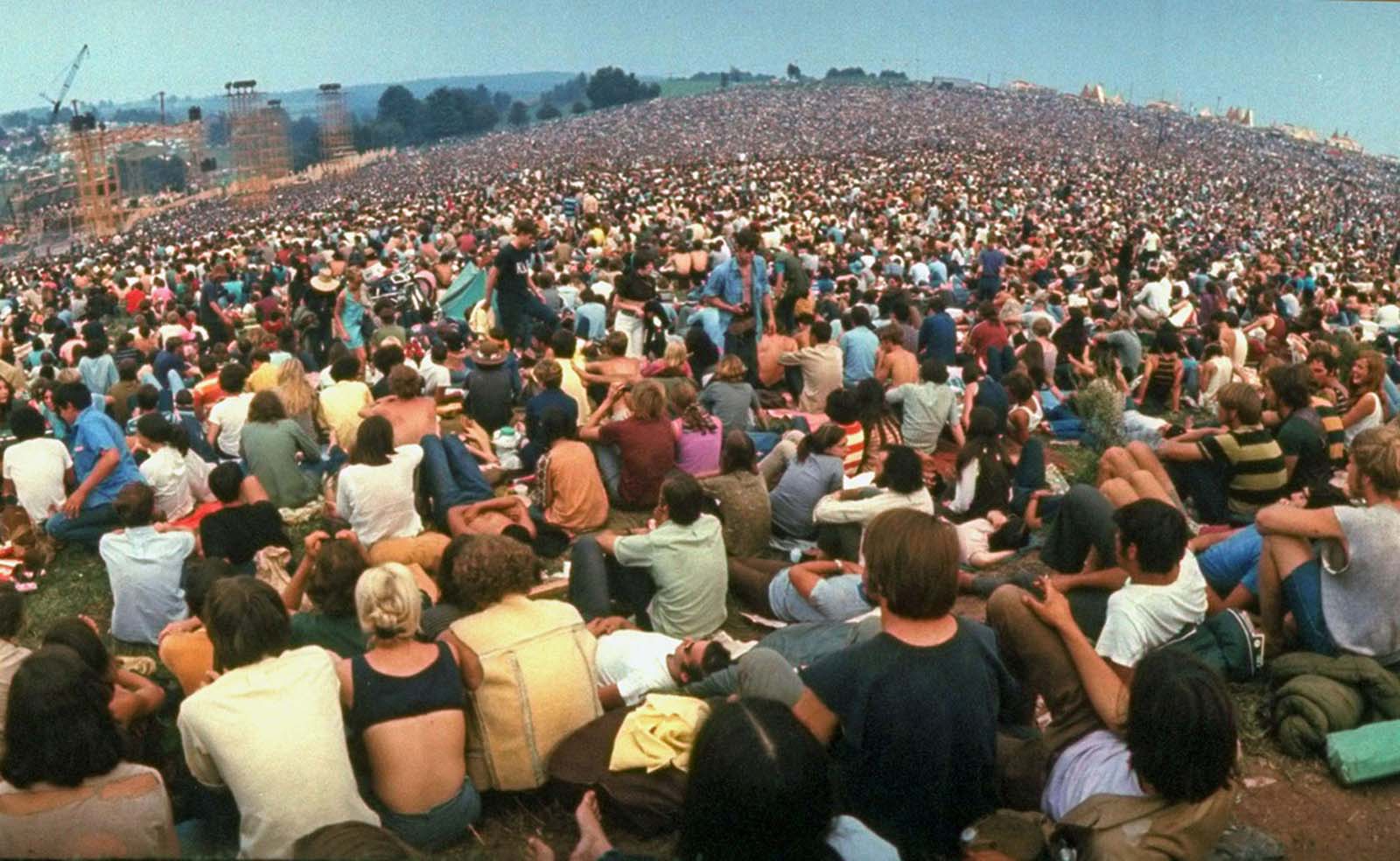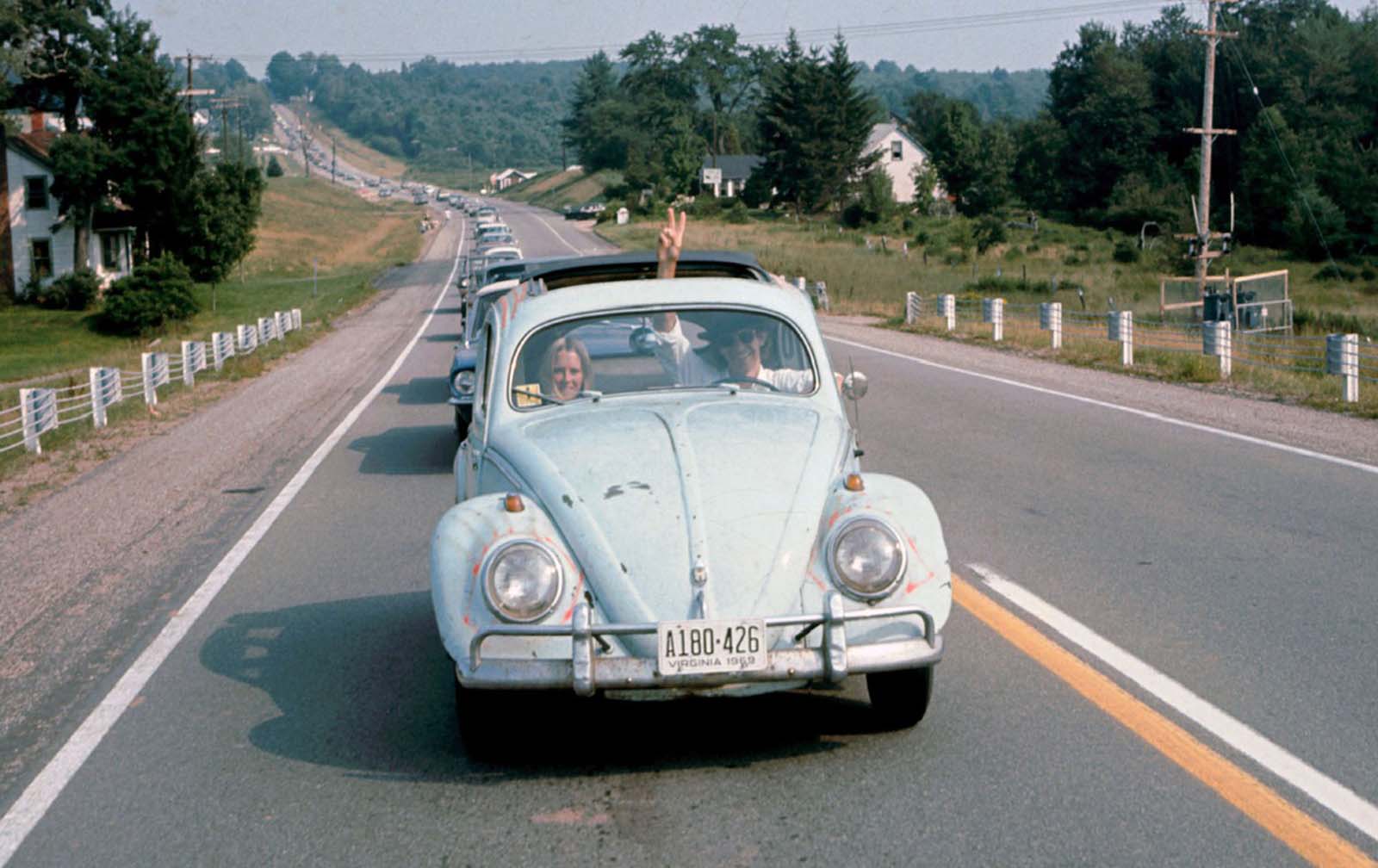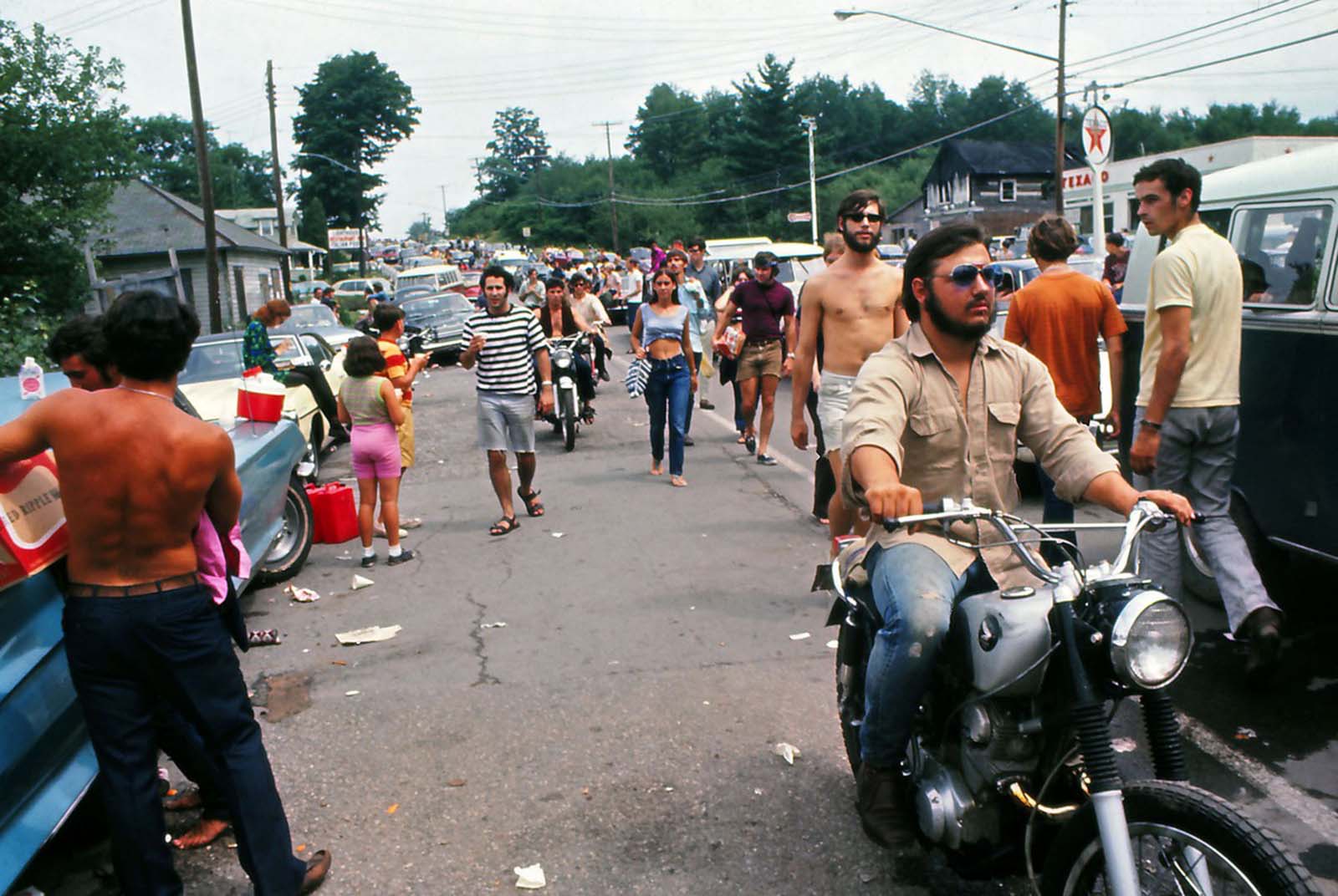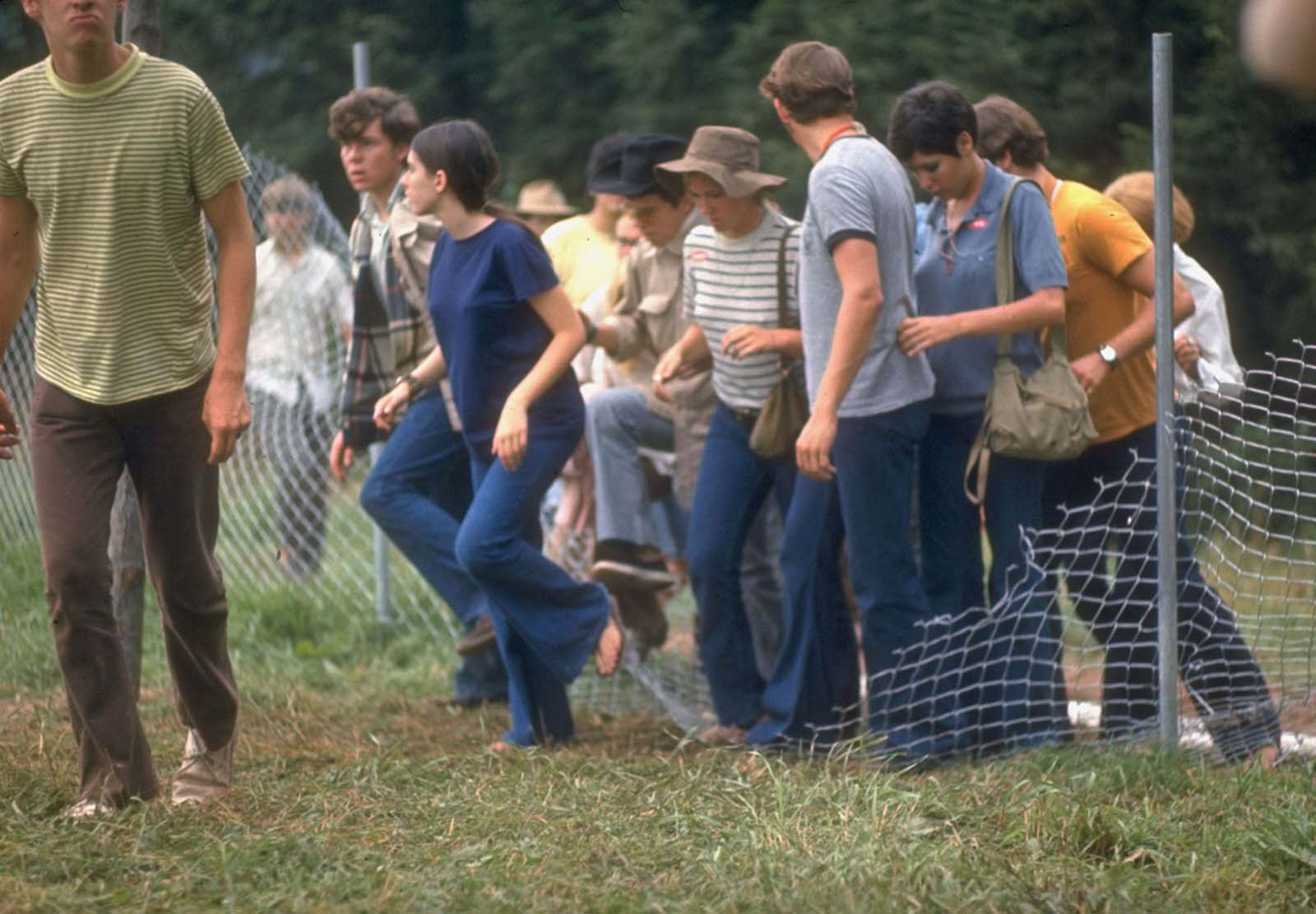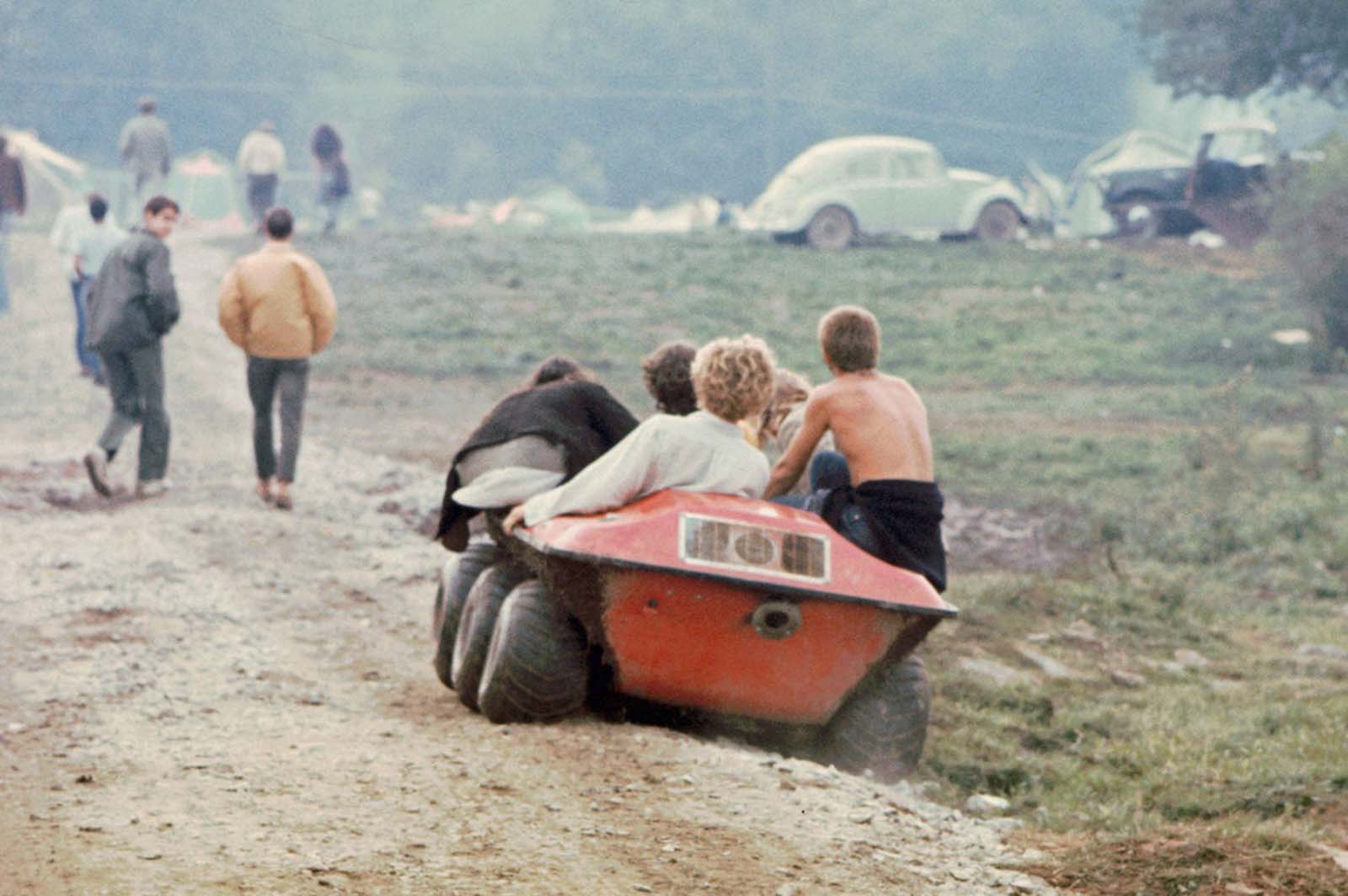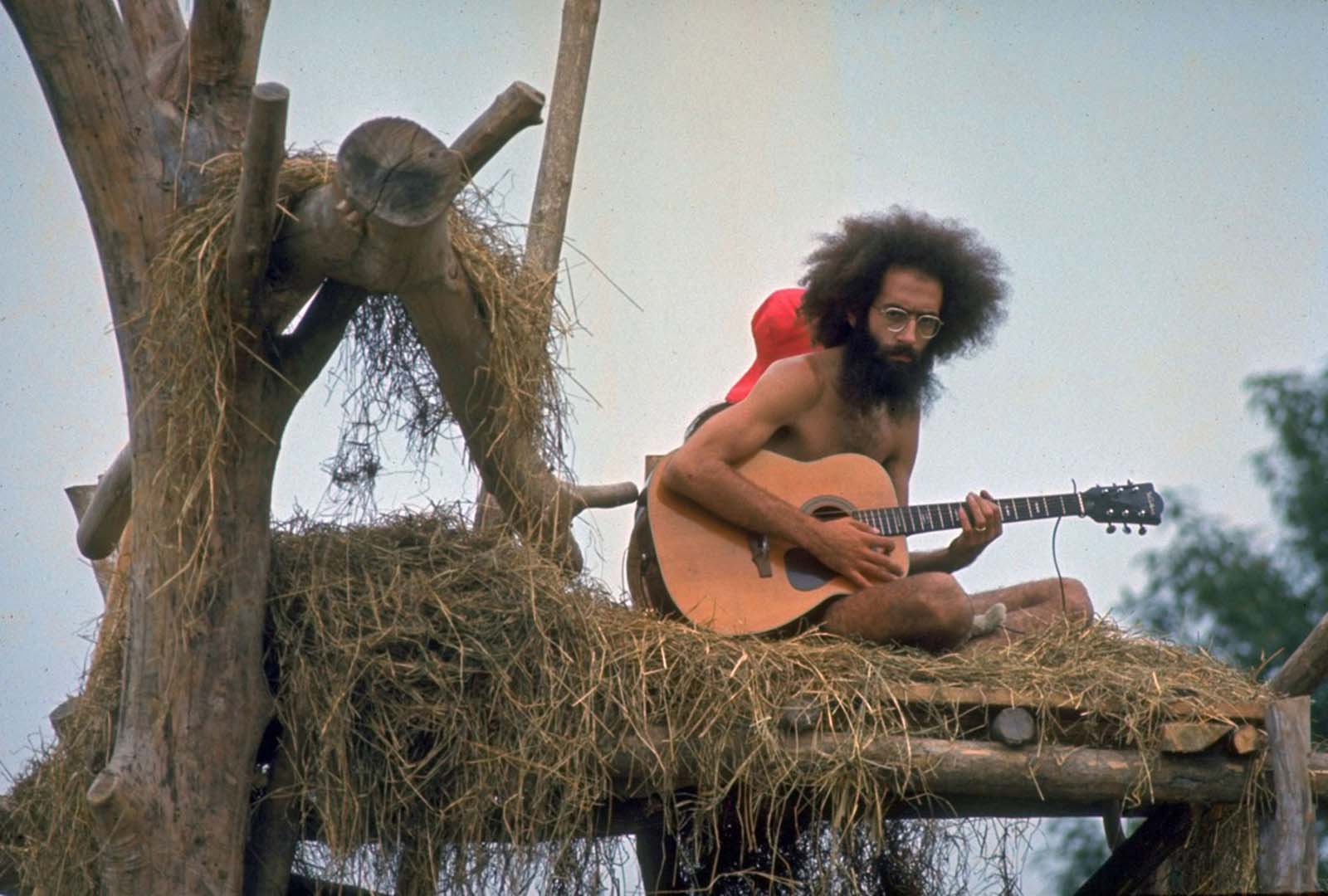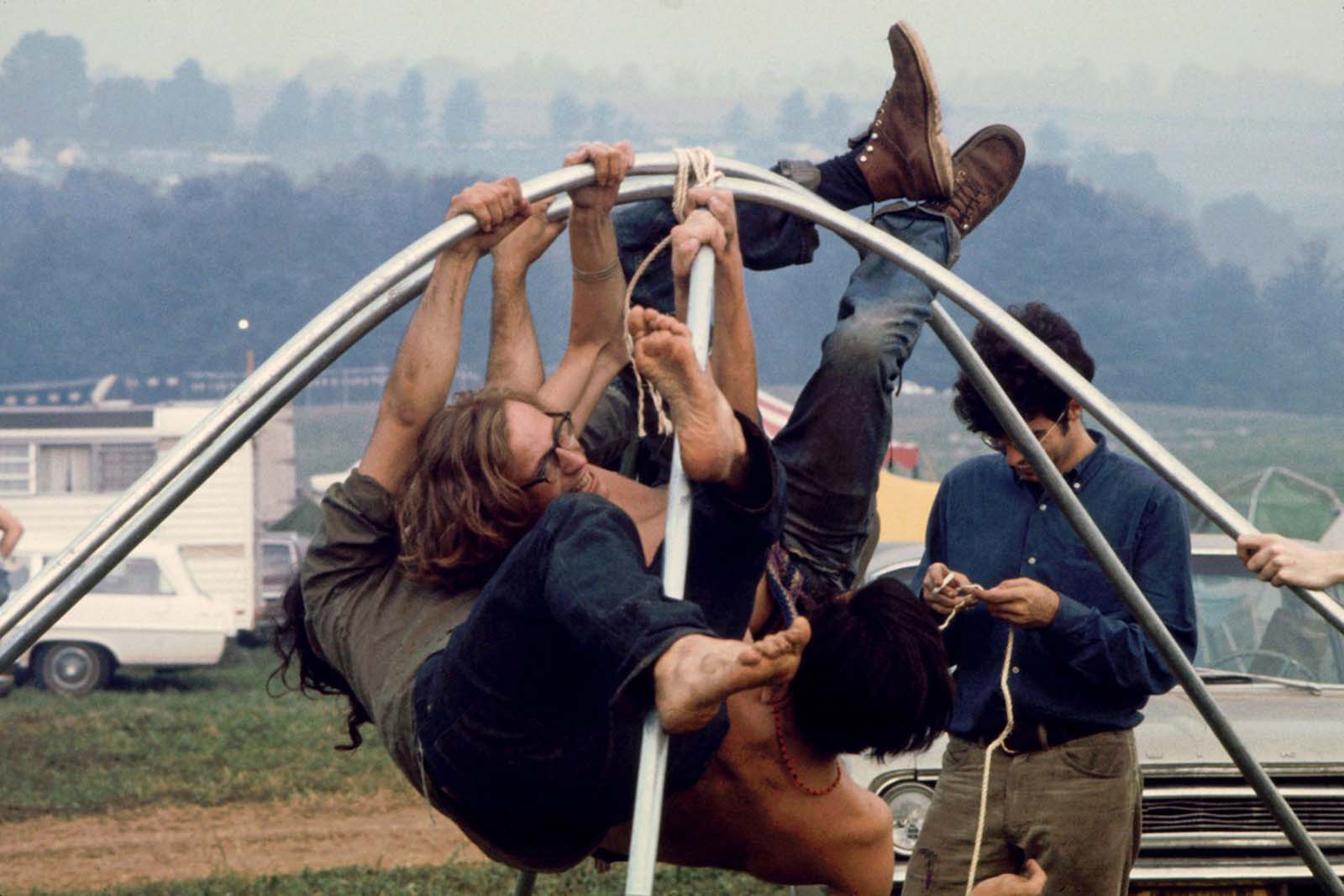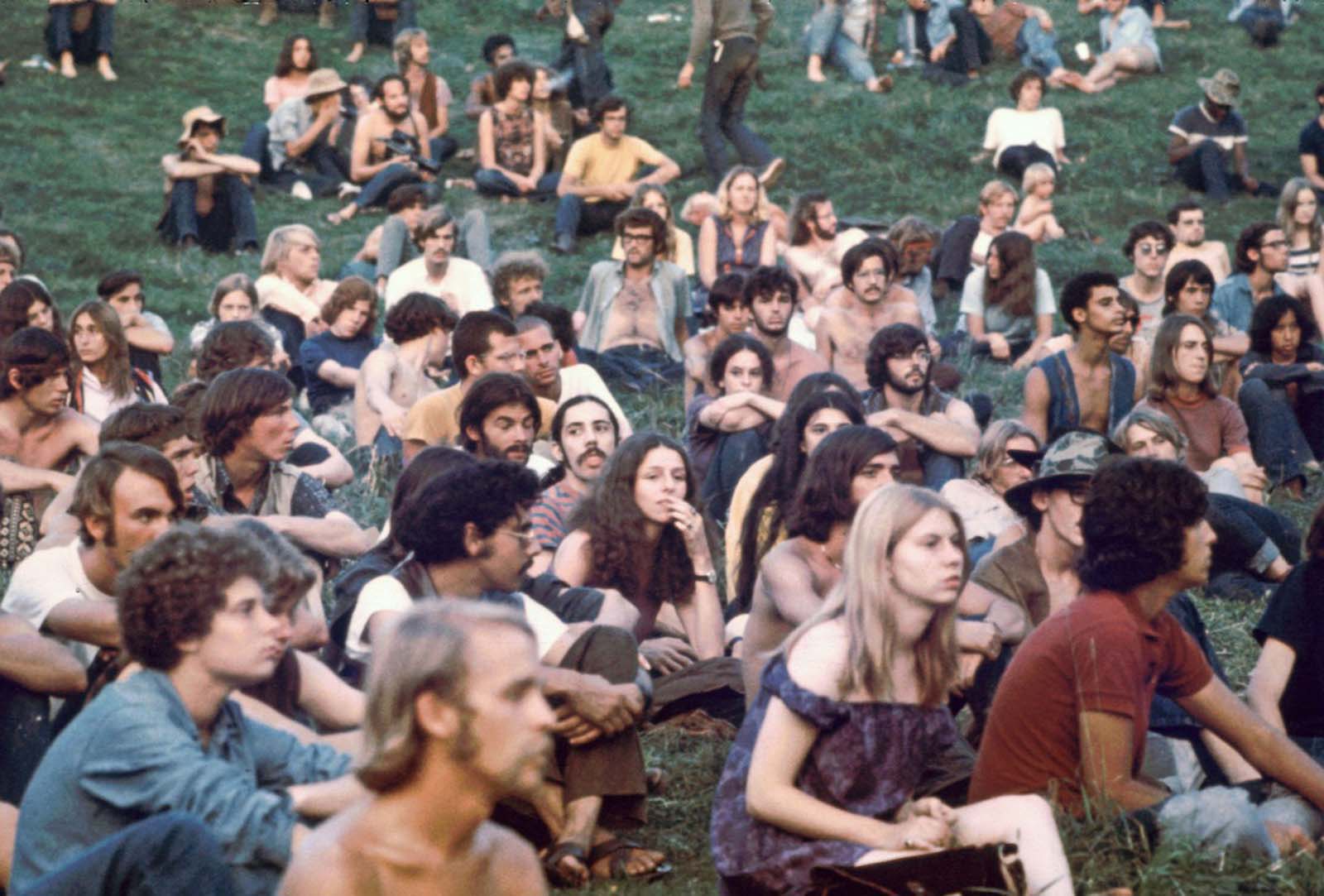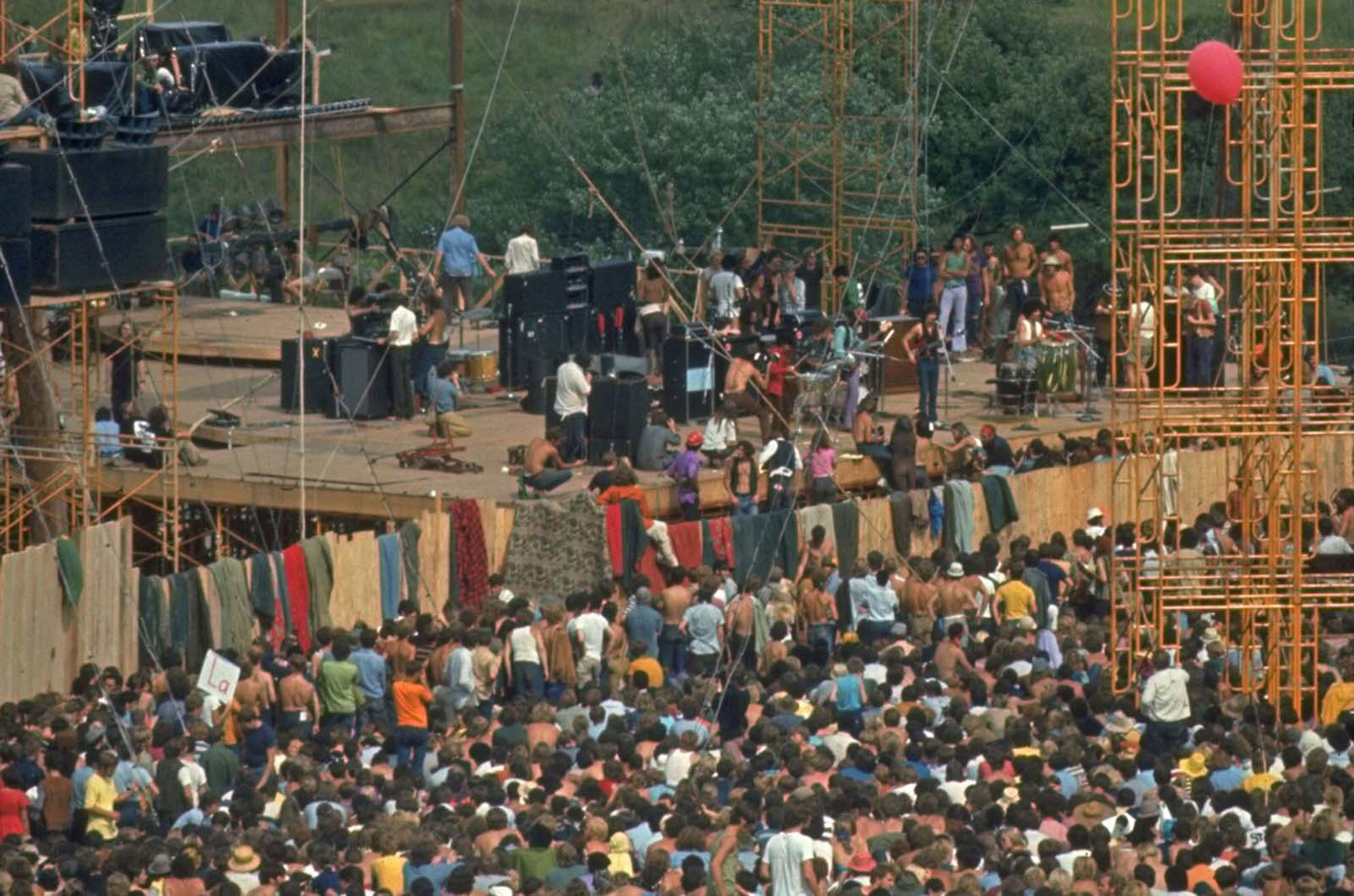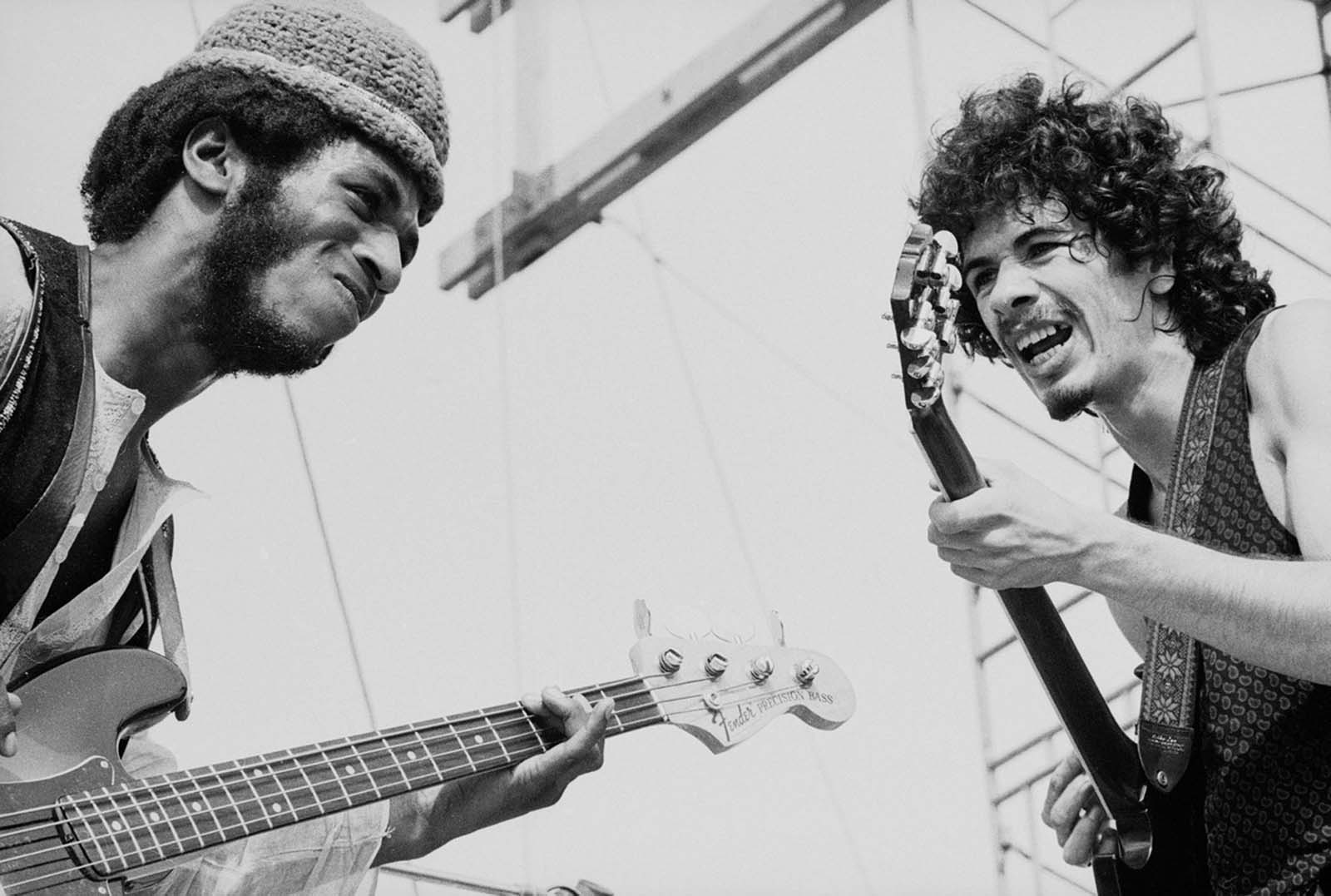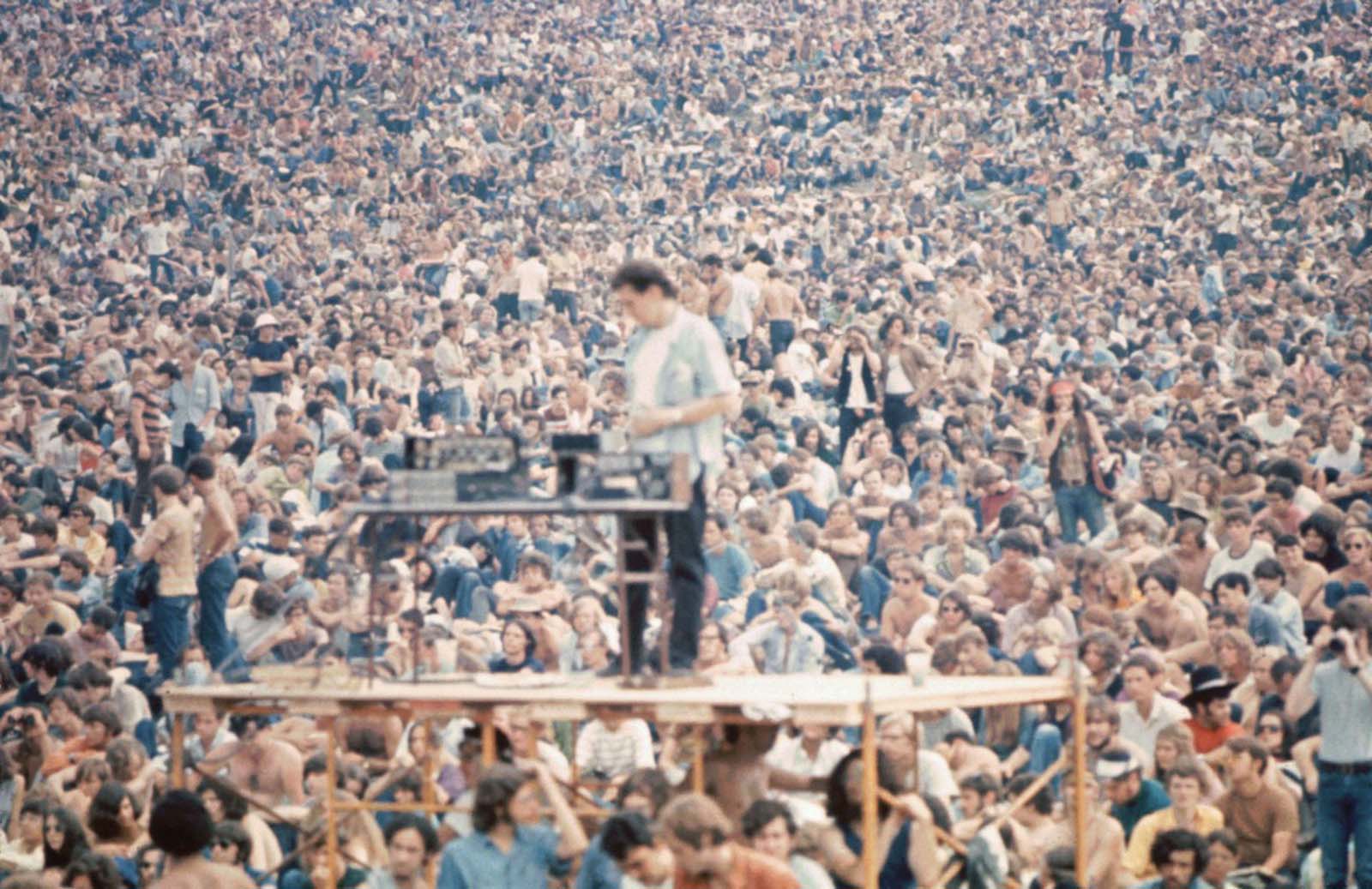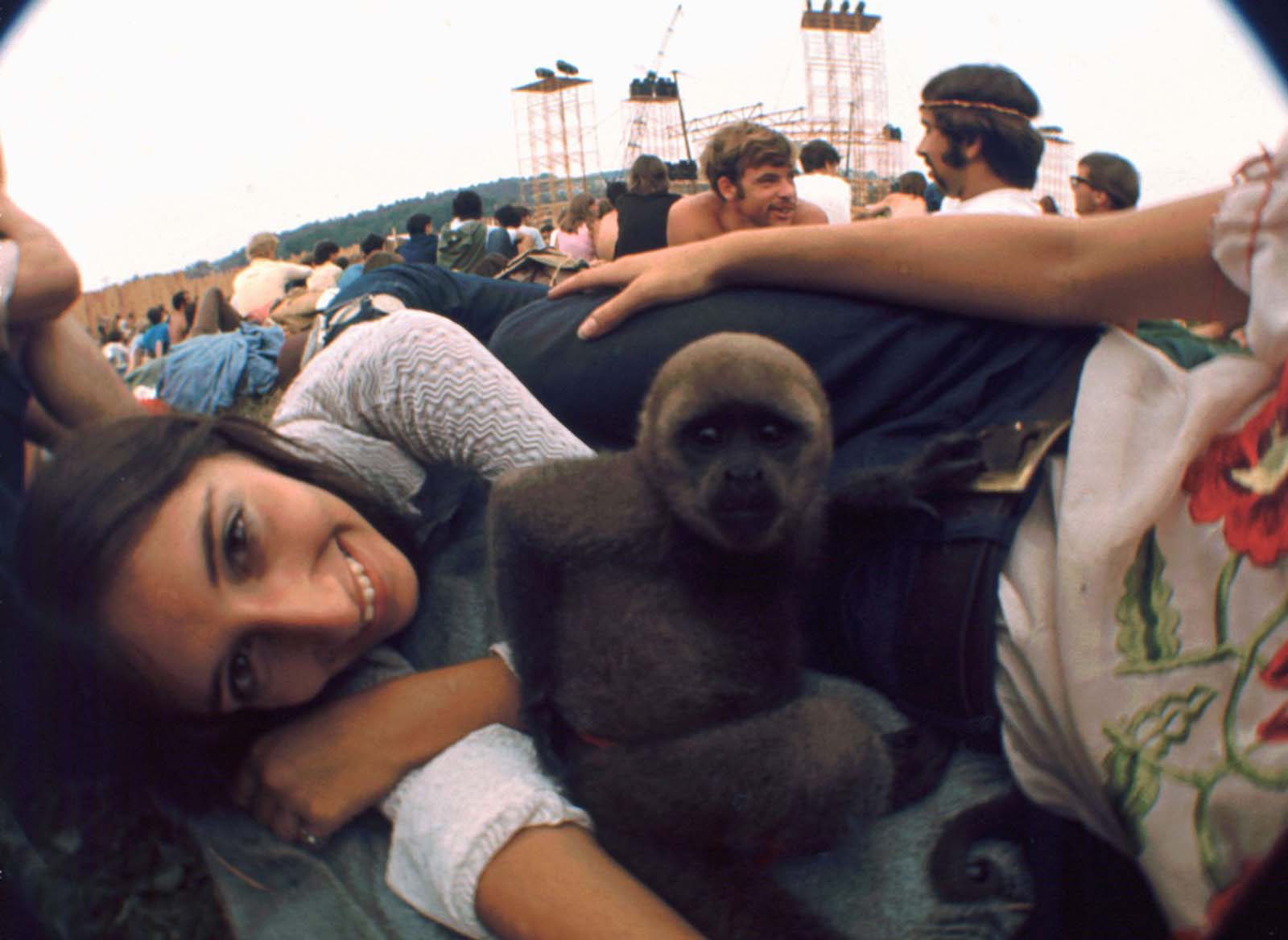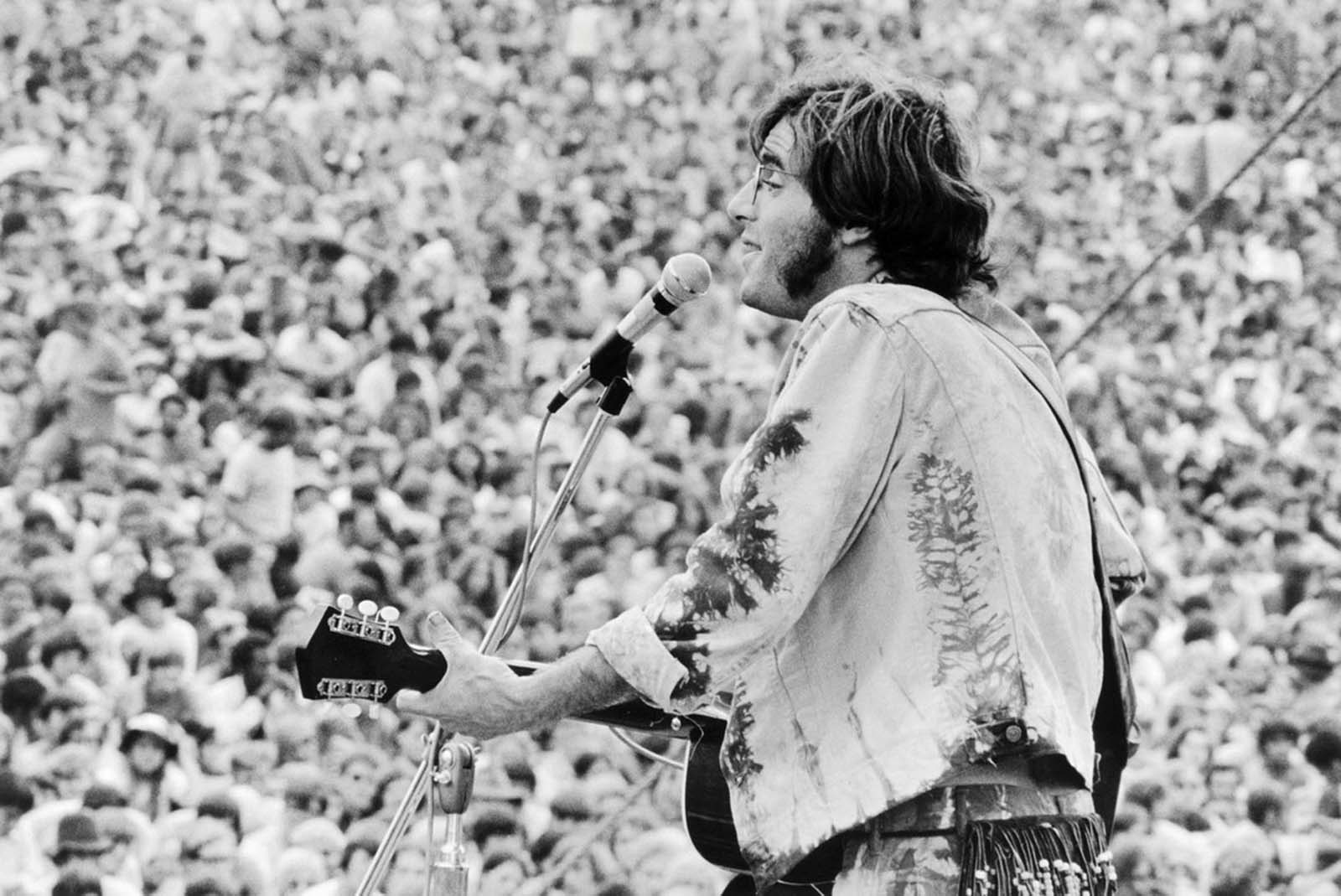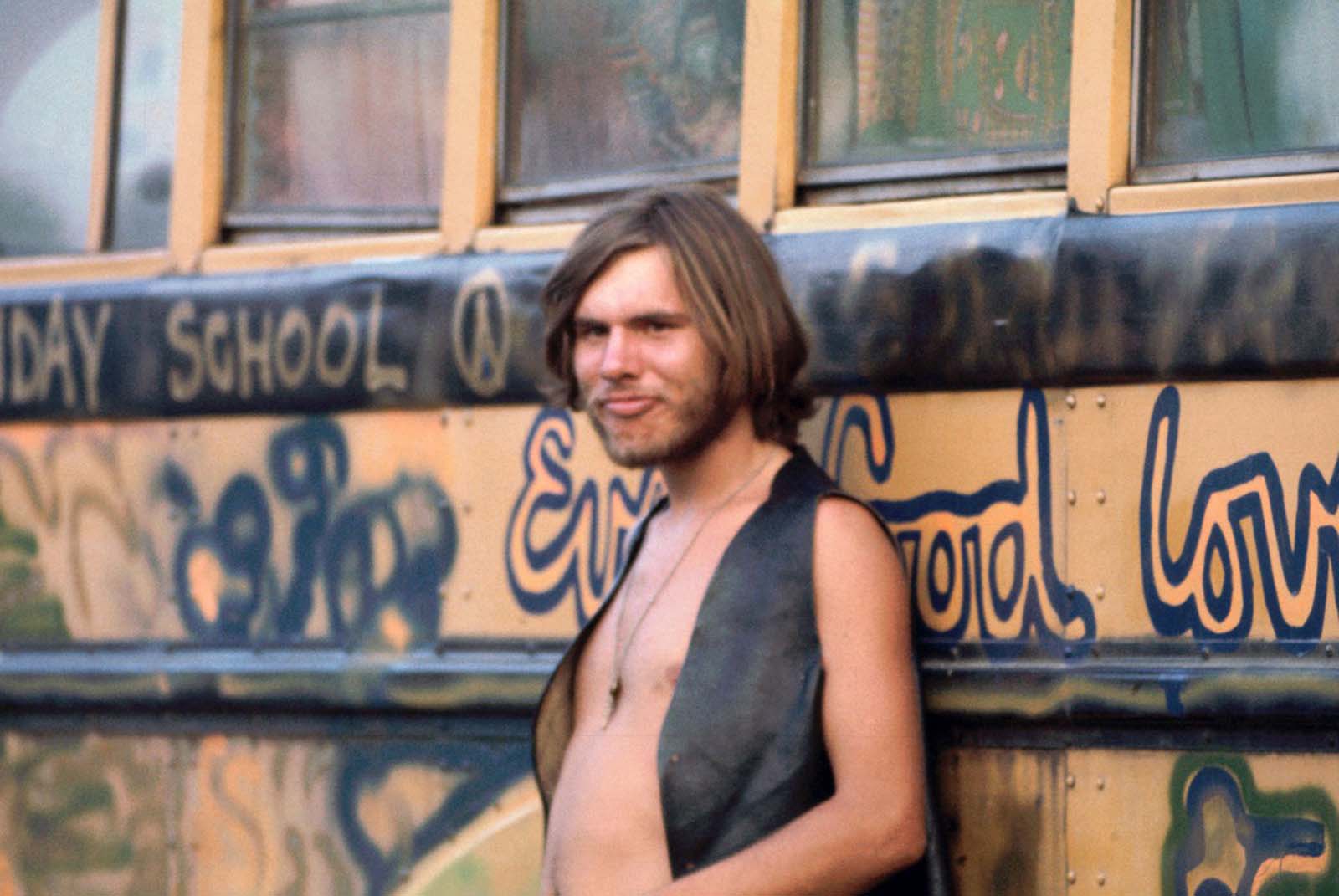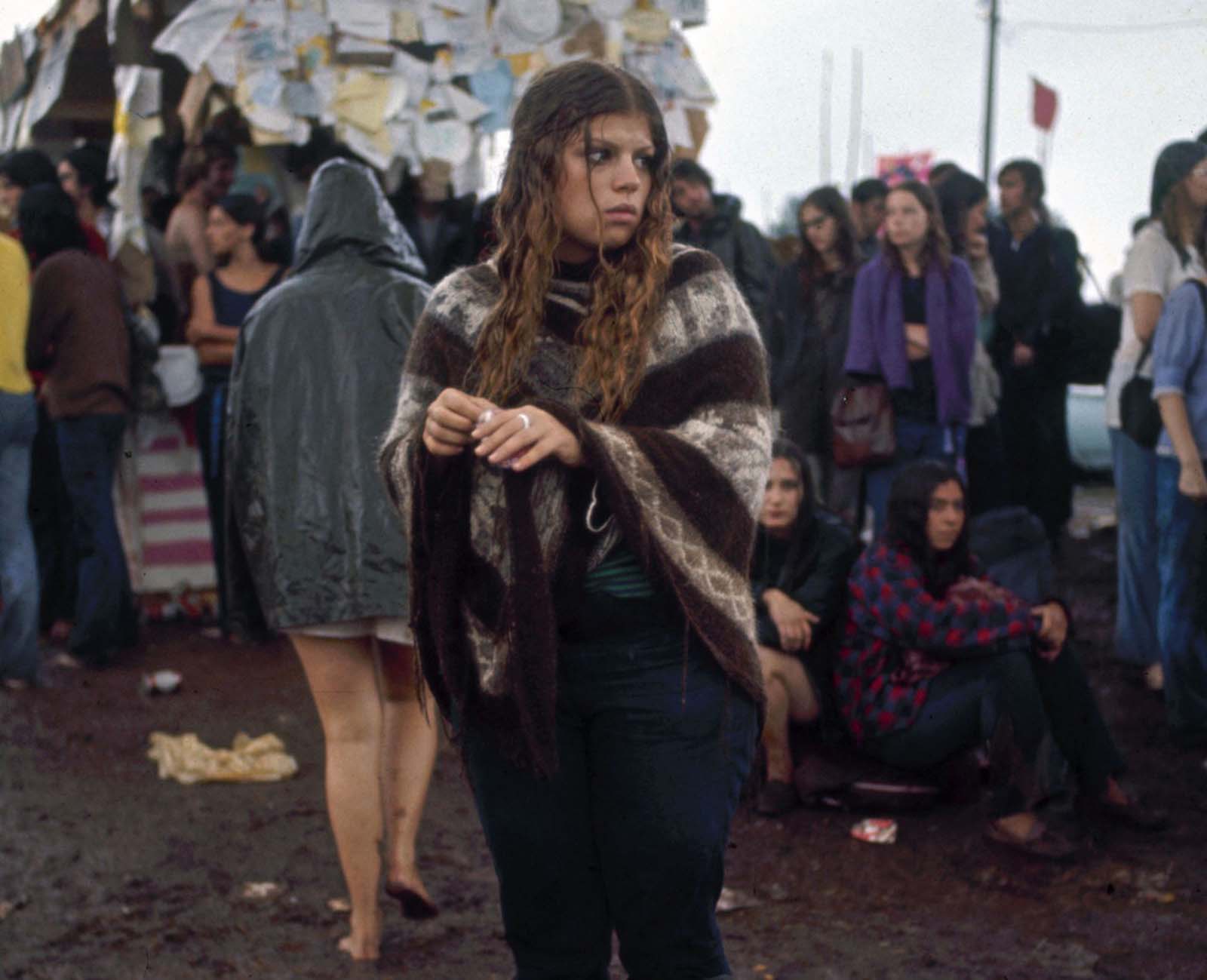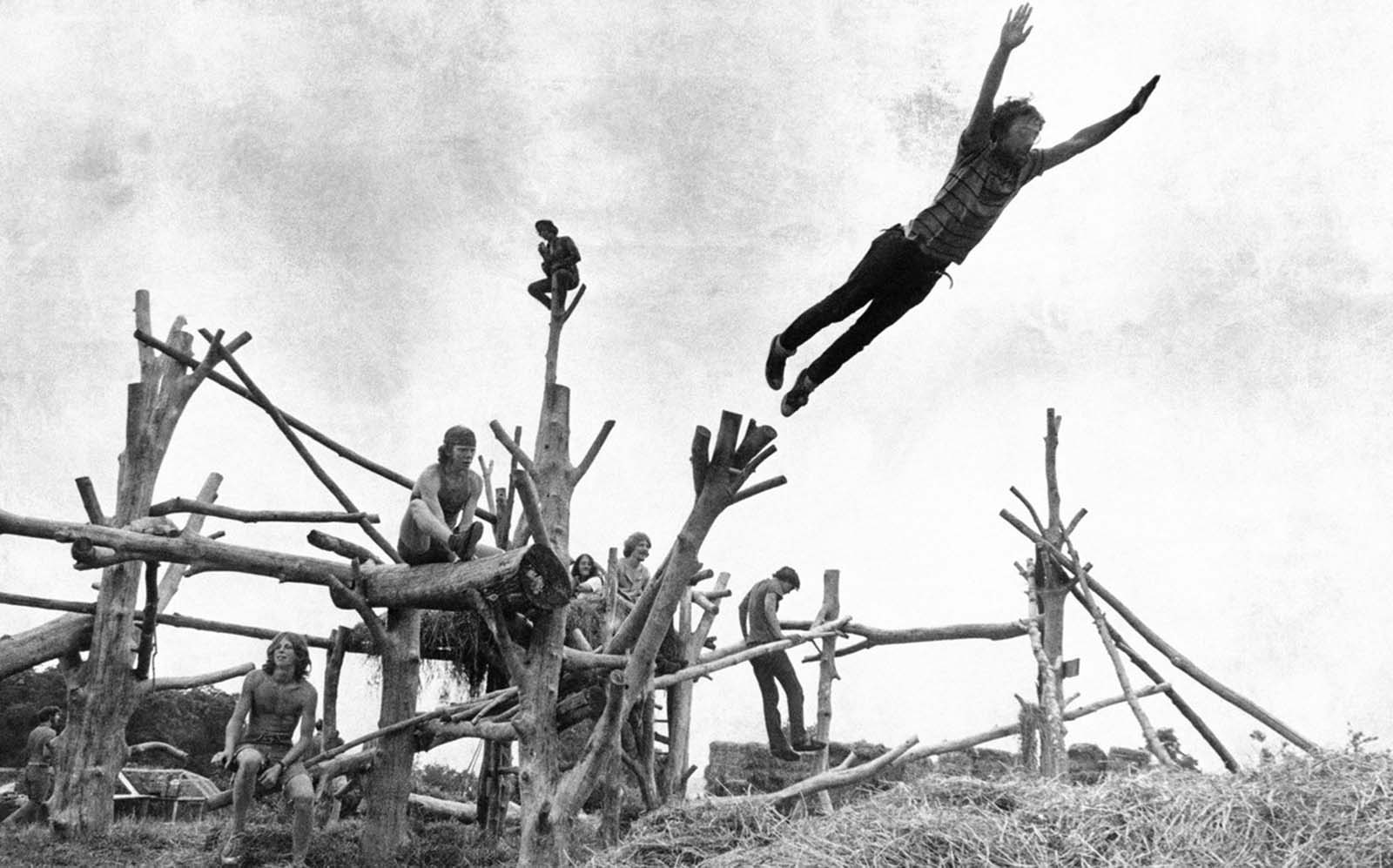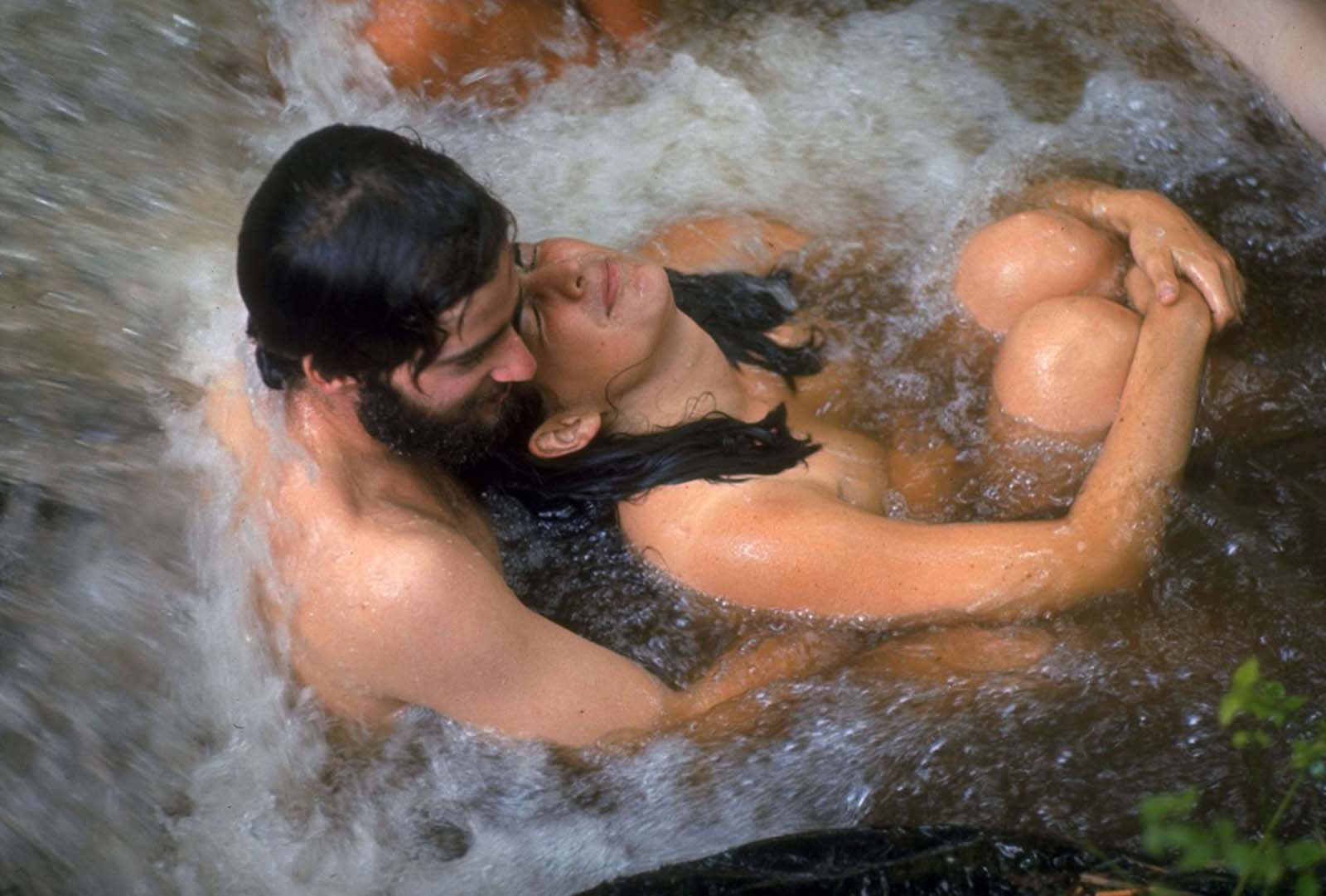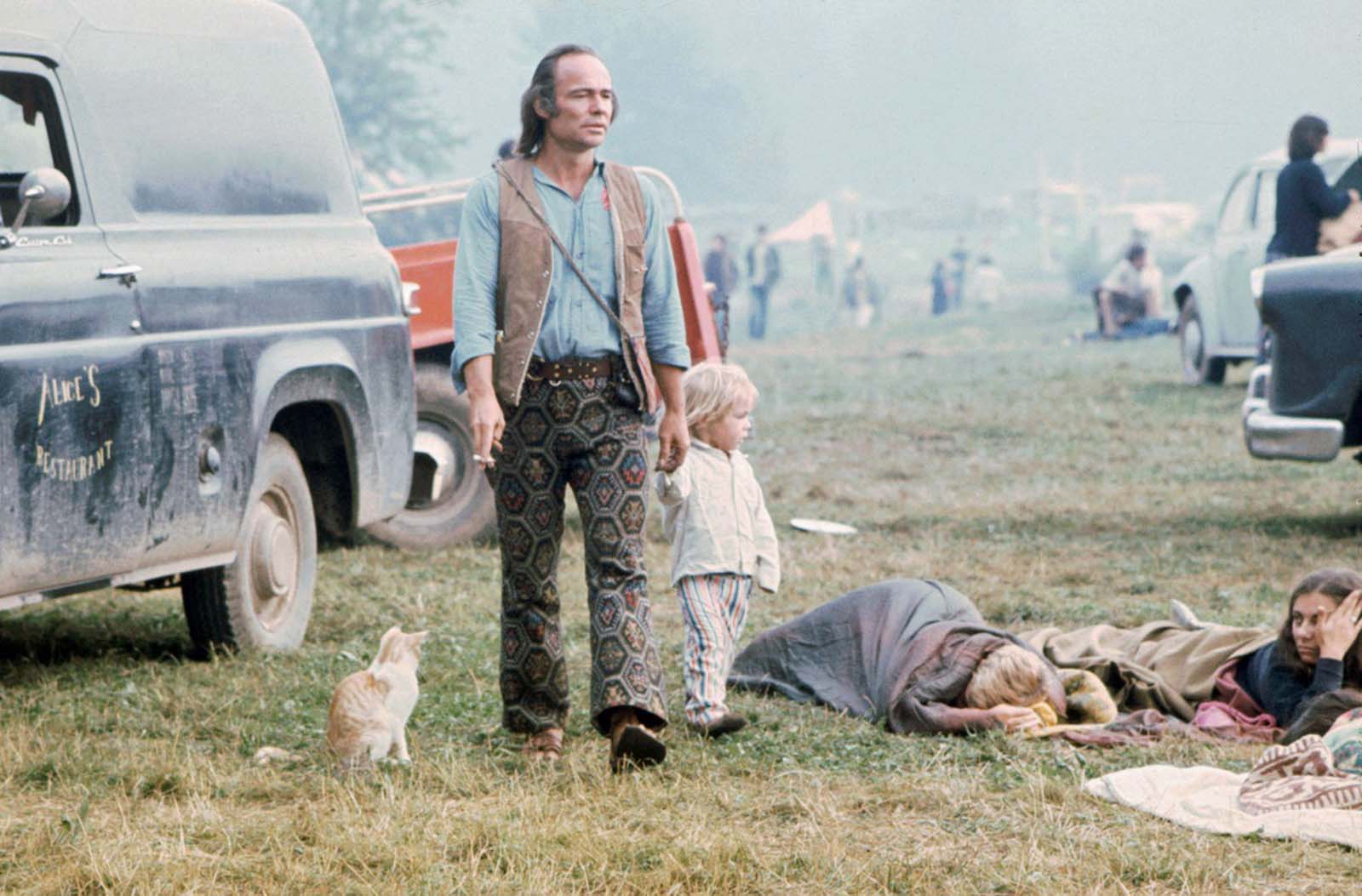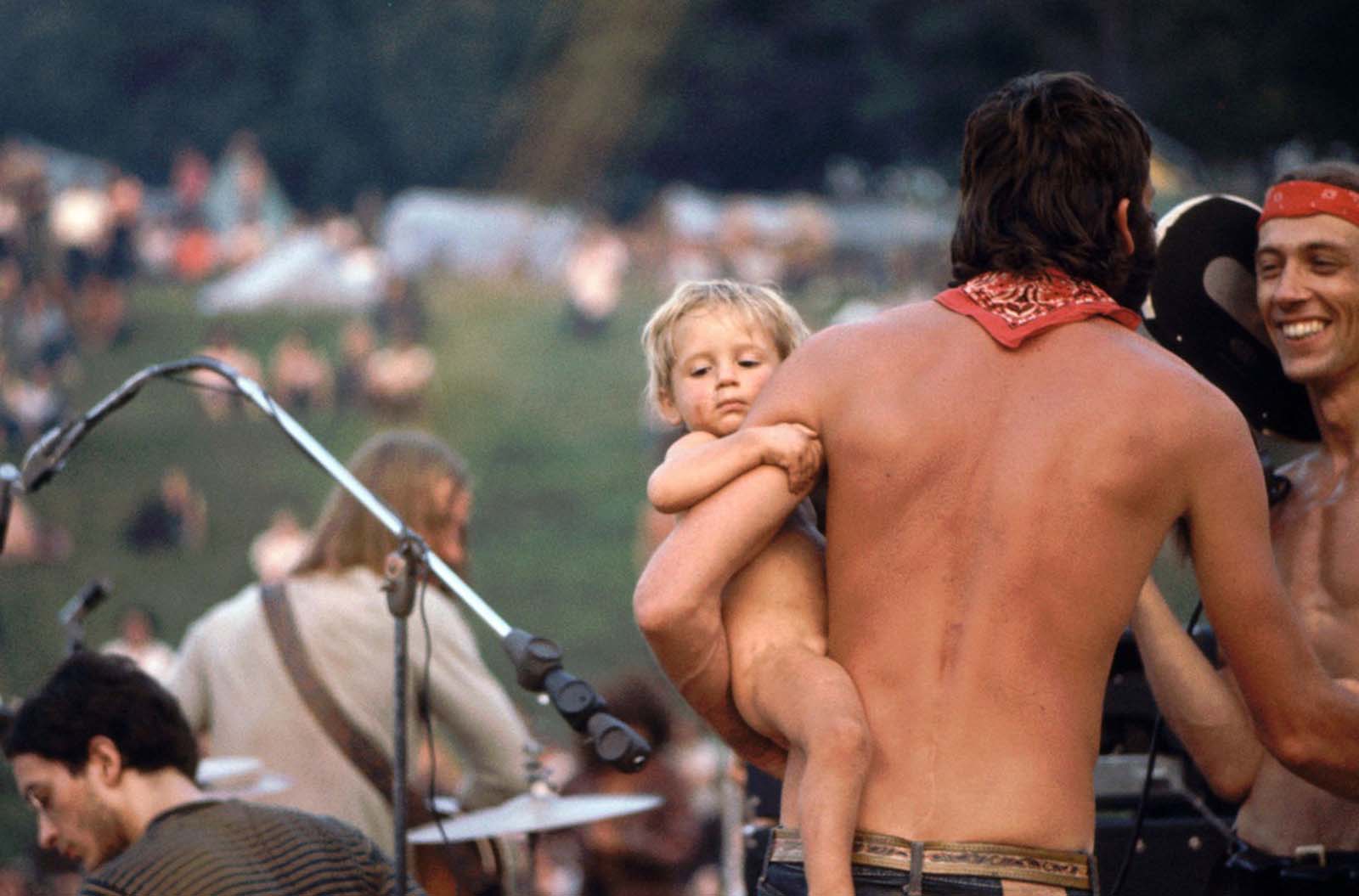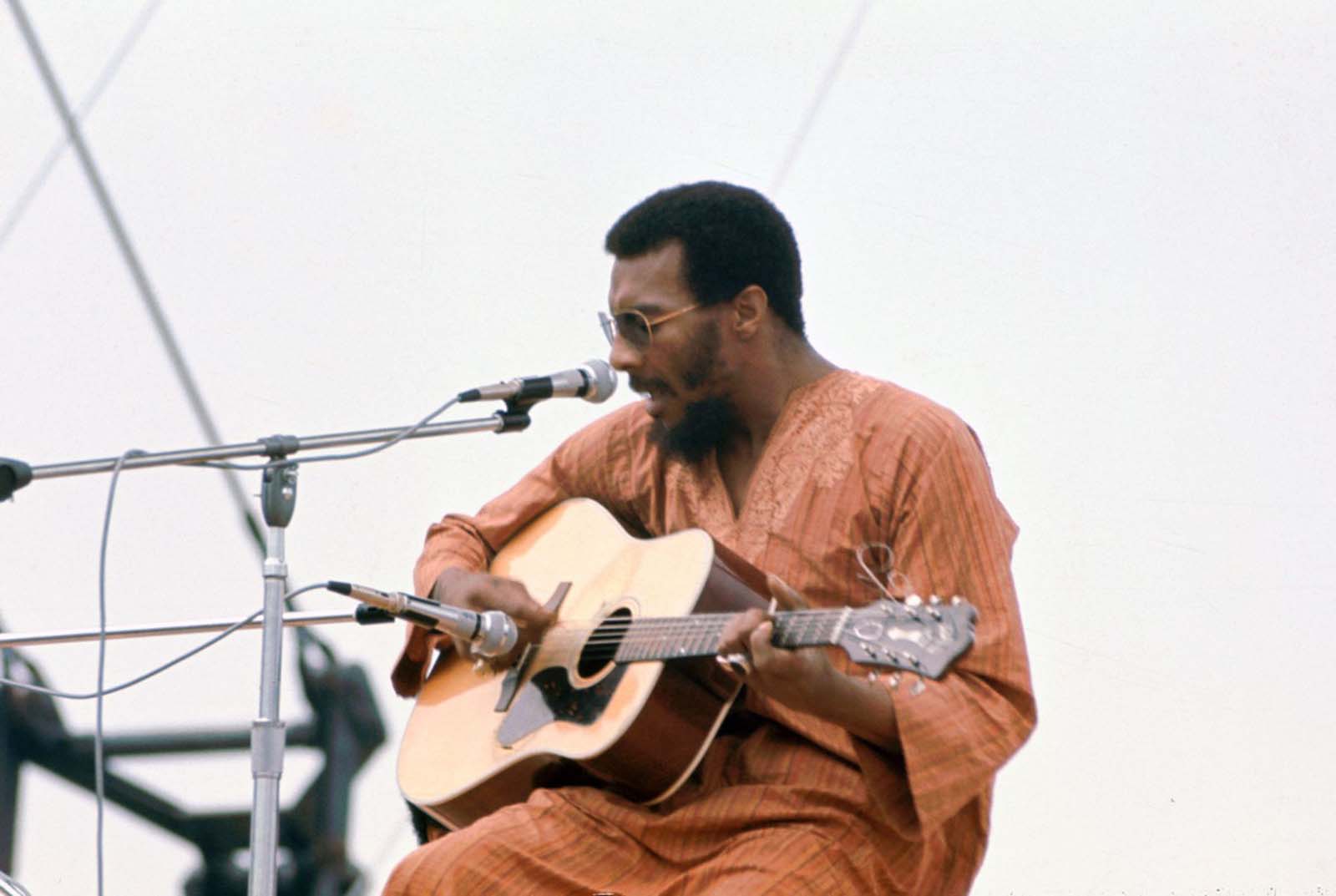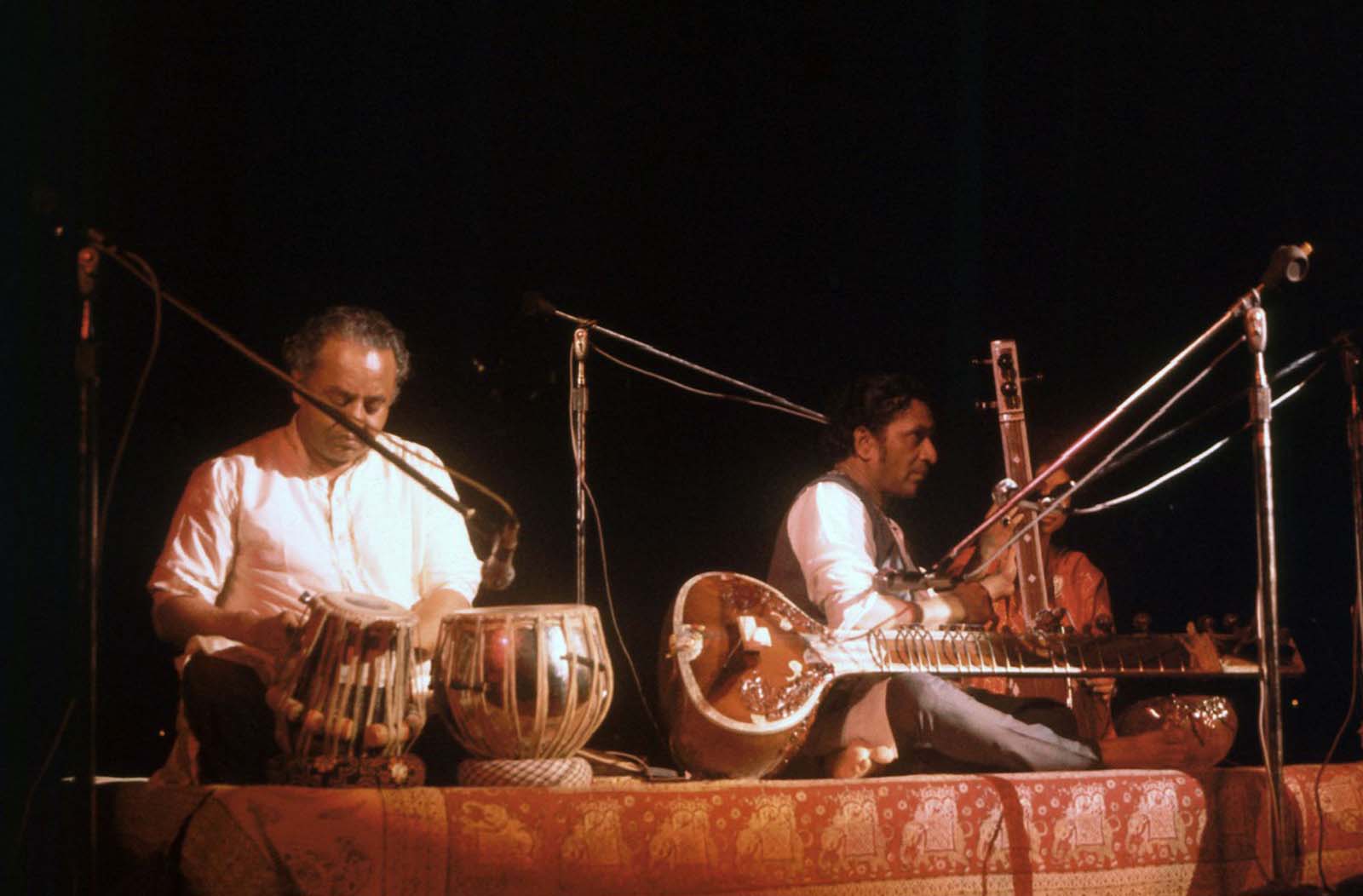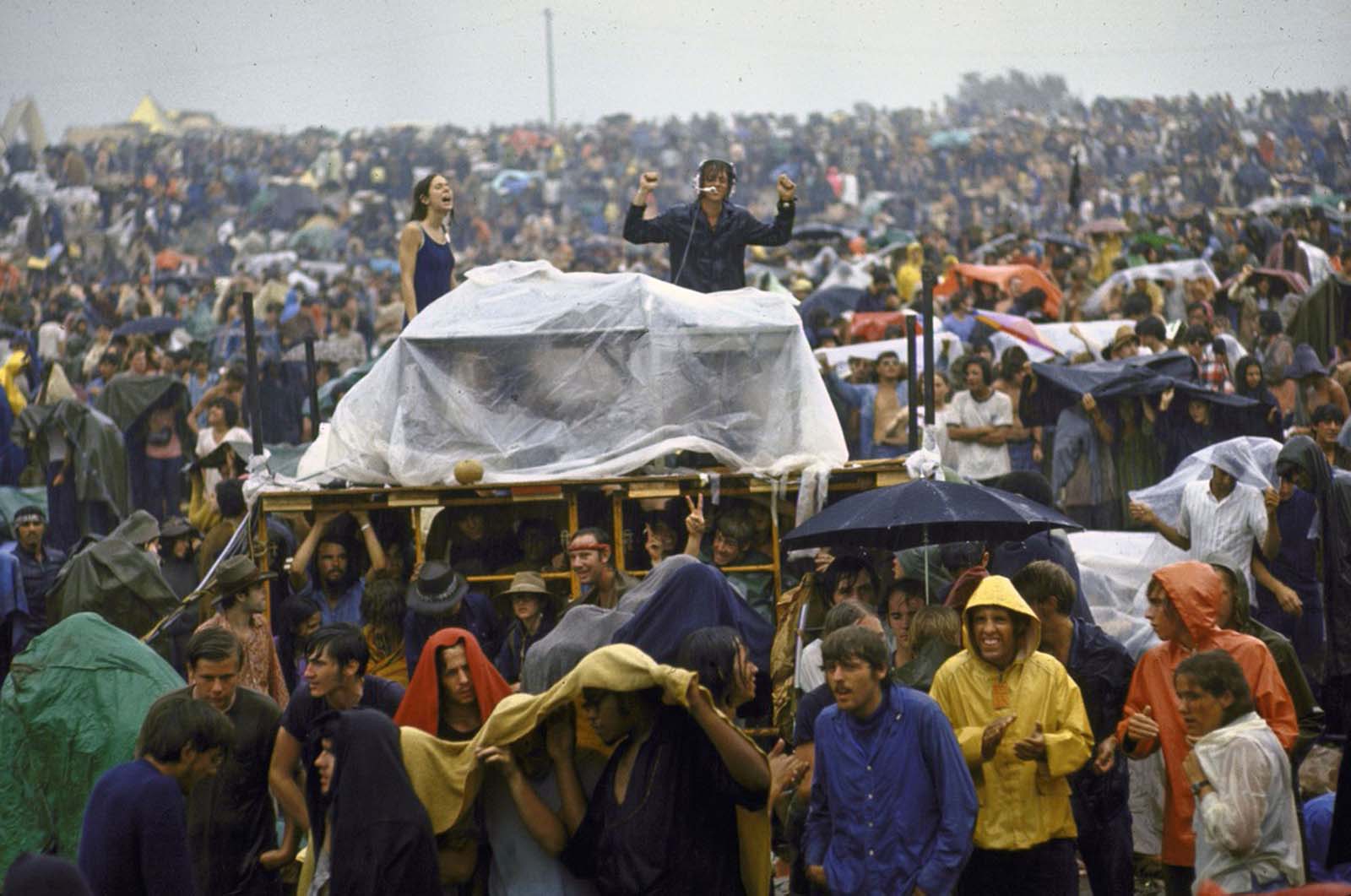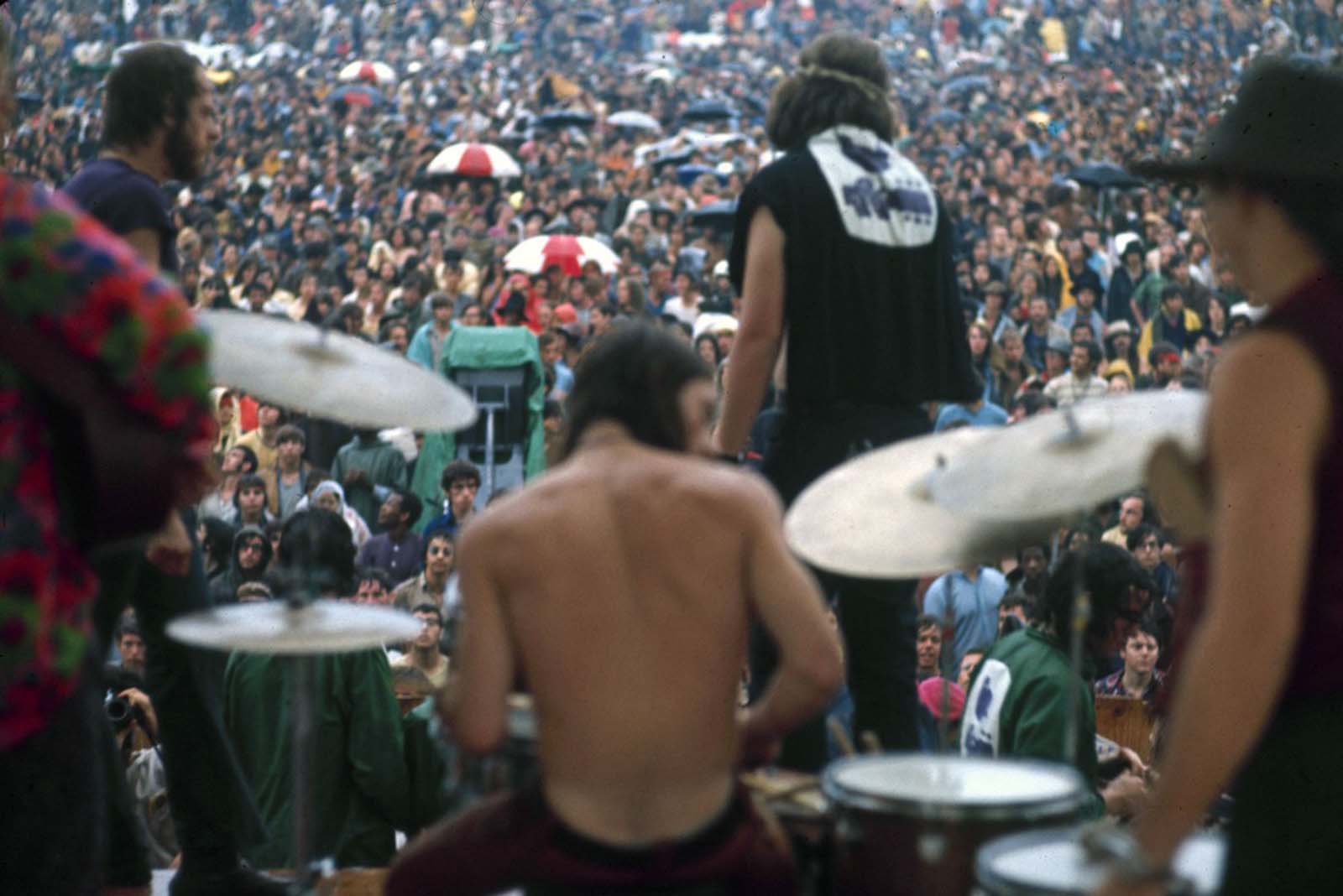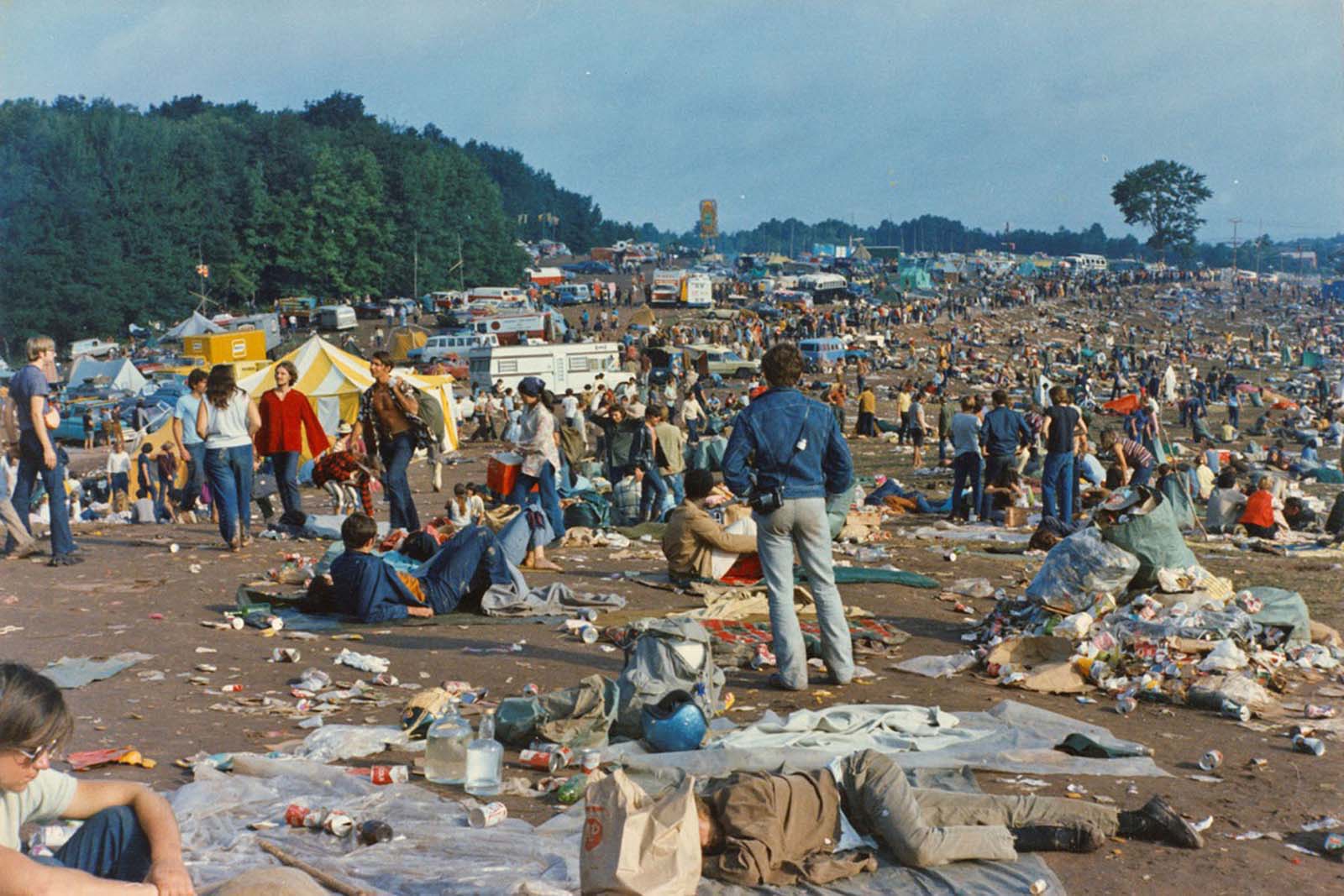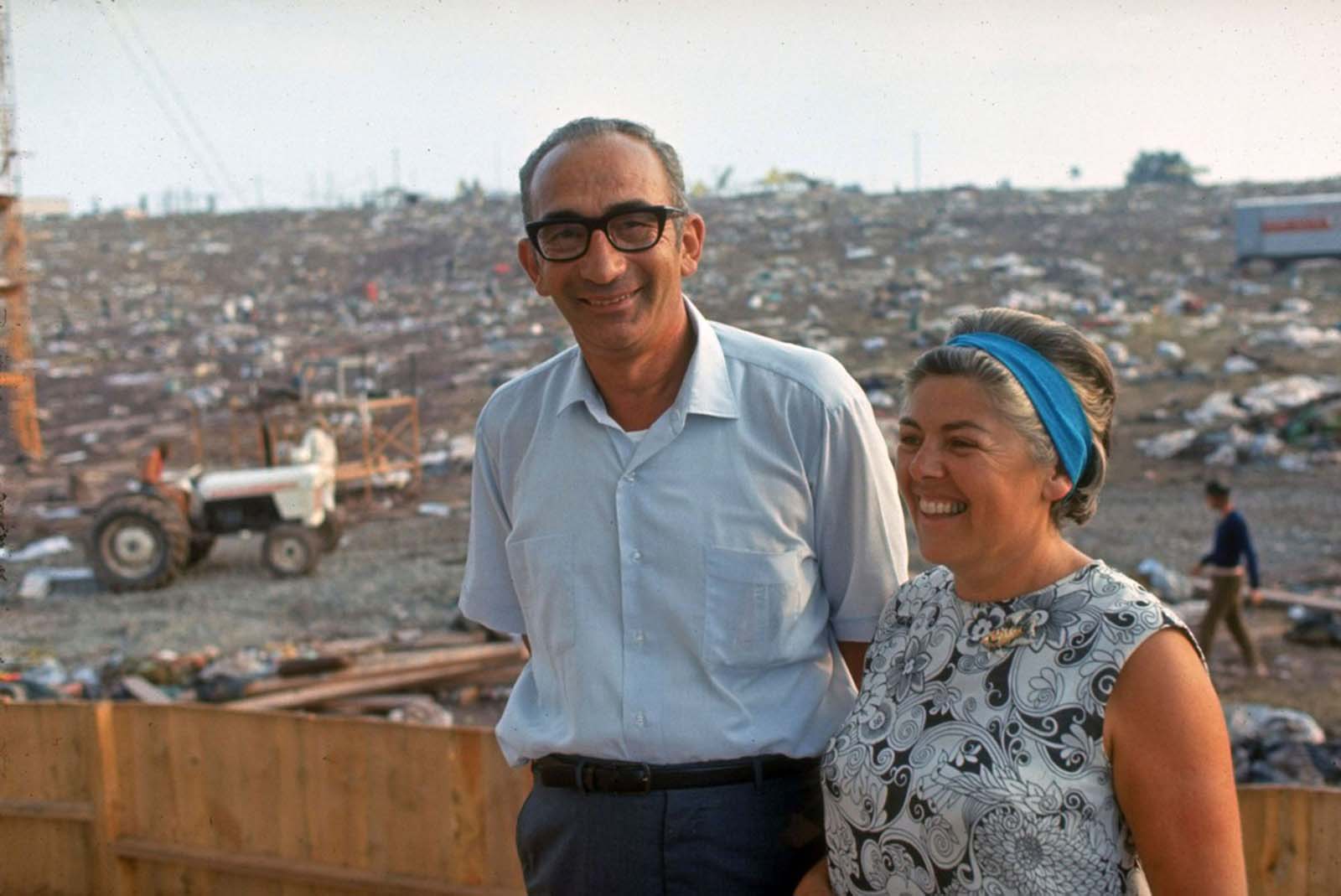The epic event became synonymous with the counterculture movement of the 1960s. Woodstock was a success, but the massive concert didn’t come off without a hitch: Last-minute venue changes, bad weather, and the hordes of attendees caused major headaches. Still, despite—or because of—a lot of sex, drugs, rock ‘n’ roll, and rain, Woodstock earned its majestic place in pop culture history. The Woodstock Music Festival was the brainchild of four men, all age 27 or younger, looking for an investment opportunity: John Roberts, Joel Rosenman, Artie Kornfeld, and Michael Lang. The four men formed Woodstock Ventures, Inc., and decided to host a music festival. After many failed attempts to find a location, finally, 49-year-old dairy farmer Max Yasgur offered to rent them part of his land in the White Lake area of Bethel, New York, surrounded by the verdant Catskill Mountains. With the concert just a month away, the four frantic partners jumped at the opportunity and paid his asking price. Fencing, entrance gates, and ticket booths needed to be set up, and a performers’ pavilion, concession stands, bathroom facilities, and medical tents built. But by the time people started arriving a couple of days ahead of the concert, the fencing, gates, and ticket booths still weren’t ready. Originally, about 50,000 people were expected. But by August 13, at least that number were already camped out on location and over 100,000 tickets pre-sold. As an estimated one million people descended on Woodstock, its organizers scrambled to add more facilities. Highways and local roads came to a standstill and many concert-goers simply abandoned their cars and trekked the rest of the way on foot. Eventually, about half a million people reached the venue. The Woodstock audience was diverse and a reflection of the rapidly-changing times. Some were hippies who felt alienated by a society steeped in materialism. In 1969, the country was deep into the controversial Vietnam War, a conflict that many young people vehemently opposed. It was also the era of the civil rights movement, a period of great unrest and protest. Woodstock was an opportunity for people to escape into music and spread a message of unity and peace. Although the crowd at Woodstock experienced bad weather, muddy conditions, and a lack of food, water, and adequate sanitation, the overall vibe there was harmonious. Looking back, some people attribute the lack of violence to the large number of psychedelic drugs being used. Others believe hippies were simply living out their mantra of “making love, not war.” In fact, more than a few couples at Woodstock took that command literally and made love whenever and wherever the mood hit. Over three days, 32 acts performed on stage, including Joan Baez, Santana, the Grateful Dead, Creedence Clearwater Revival, Janis Joplin, Sly, and the Family Stone, The Who, Jefferson Airplane, The Band, Crosby, Stills, Nash & Young, and Jimi Hendrix. Woodstock officially ended on Monday, August 18, after Hendrix left the stage. Leaving Woodstock wasn’t much easier than getting there. Roads and highways quickly became jammed again as festival-goers made their way home. Cleaning up the venue was a mammoth task and required several days, many bulldozers, and tens of thousands of dollars. Woodstock is perhaps best described by Max Yasgur, the humble farmer who lent his land for the occasion. Addressing the audience on day three he said, “…You’ve proven something to the world…the important thing that you’ve proven to the world is that a half a million kids, and I call you kids because I have children who are older than you are, a half a million young people can get together and have three days of fun and music and have nothing but fun and music and God bless you for it!”. (Photo credit: The LIFE Picture Collection / Getty / Wikimedia Commons). Notify me of new posts by email.
Δ Subscribe
